If you’re like most people, chances are you toss a dozen little things in the trash each week without thinking twice — eggshells, coffee filters, paper bags, old newspapers, citrus peels. But what if we told you your garden is quietly begging for those exact items?
That’s right — hidden in your daily garbage are materials that can feed your soil, fight pests, boost plant growth, help seeds sprout faster, and even reduce your water bills. And no, you don’t need a huge compost bin or fancy tools to put them to use. With a little know-how (and maybe some gloves), your trash could become your most powerful gardening tool.
Whether you’re growing herbs on a balcony, tending flowers in a front yard bed, or managing a full veggie patch, these 16 household “waste” items deserve a second life — in your garden. Some might surprise you, others will make you wonder why you didn’t start sooner.
Coffee Grounds
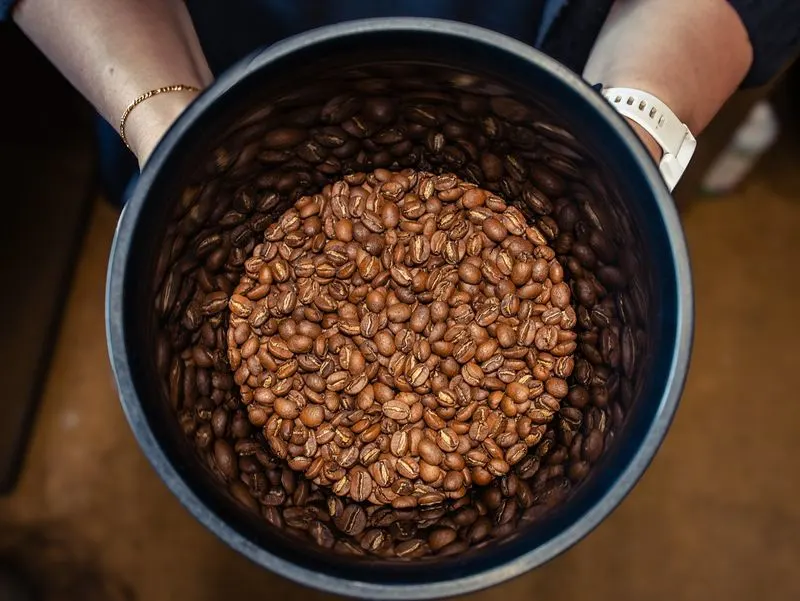
Ever wondered what to do with those used coffee grounds? They make an excellent addition to your garden. Rich in nitrogen, coffee grounds enhance soil structure and improve drainage. They’re ideal for acid-loving plants like blueberries and tomatoes. Don’t just dump them in one spot; mix them into the soil or your compost pile.
Worms love coffee grounds and will help aerate your soil as they digest them. This boosts the overall health of your garden. Remember to use them in moderation to avoid acidity issues. A sprinkle here and there can work wonders!
Eggshells
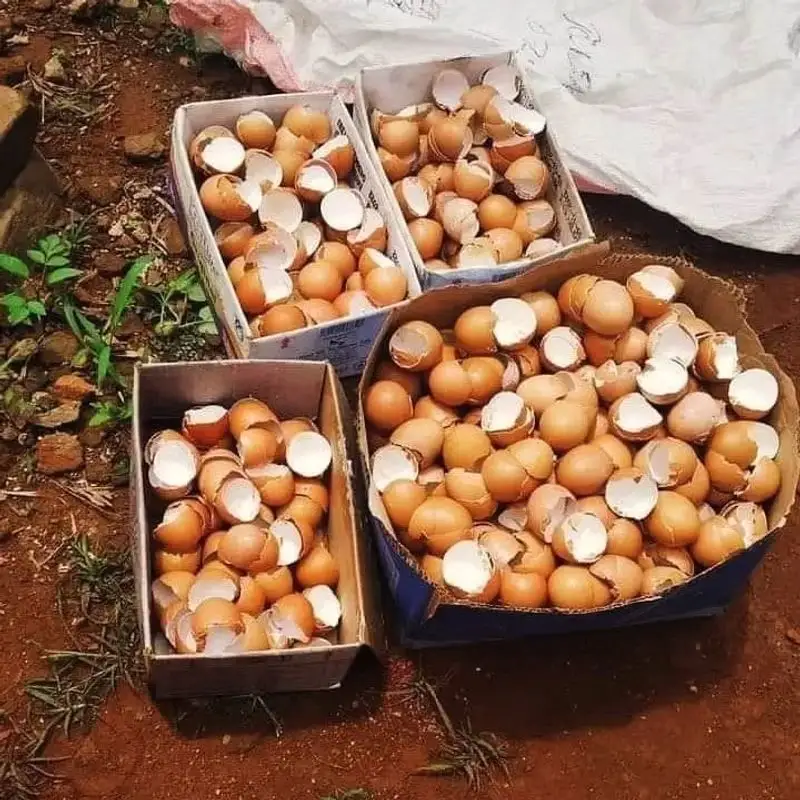
Instead of tossing those eggshells, consider saving them for your plants. Crushed eggshells provide a natural source of calcium, crucial for plant cell development. Scatter them around the base of your plants to deter pests like slugs and snails.
You can also add them to your compost heap to enrich its mineral content. Another tip: soak eggshells in water for a few days to create a calcium-rich ‘tea’ for your plants. This simple step can help prevent blossom end rot in vegetables like tomatoes and peppers.
Banana Peels
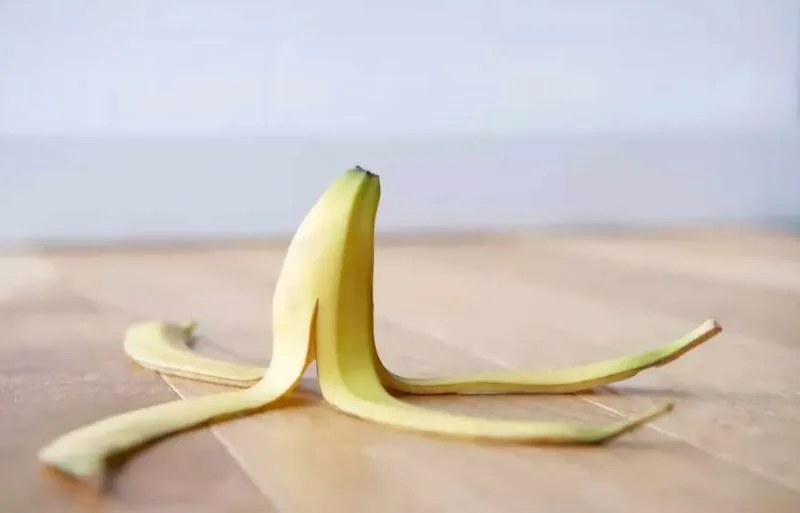
Banana peels might seem like a forgotten fruit waste, but they’re packed with potassium, phosphorus, and calcium. These nutrients promote strong root development and improve fruit quality. Simply bury the peel near the base of your plants or add it to your compost.
Over time, they decompose and release their nutrients into the soil. This zero-cost fertilizer is a win for both you and your garden. If you’re worried about pests, cover the peels with soil to minimize any unwanted attention.
Newspaper

Before you recycle that pile of old newspapers, consider using them in your garden. Newspapers can serve as effective mulch, suppressing weeds and retaining soil moisture. Lay them out in layers, then cover with soil or other organic mulch.
As they decompose, newspapers enrich the soil with carbon. Be sure to avoid glossy or colored pages—stick to the black-and-white sections. This eco-friendly weed barrier is both cost-effective and efficient, making it a perfect solution for an organic garden.
Wood Ash
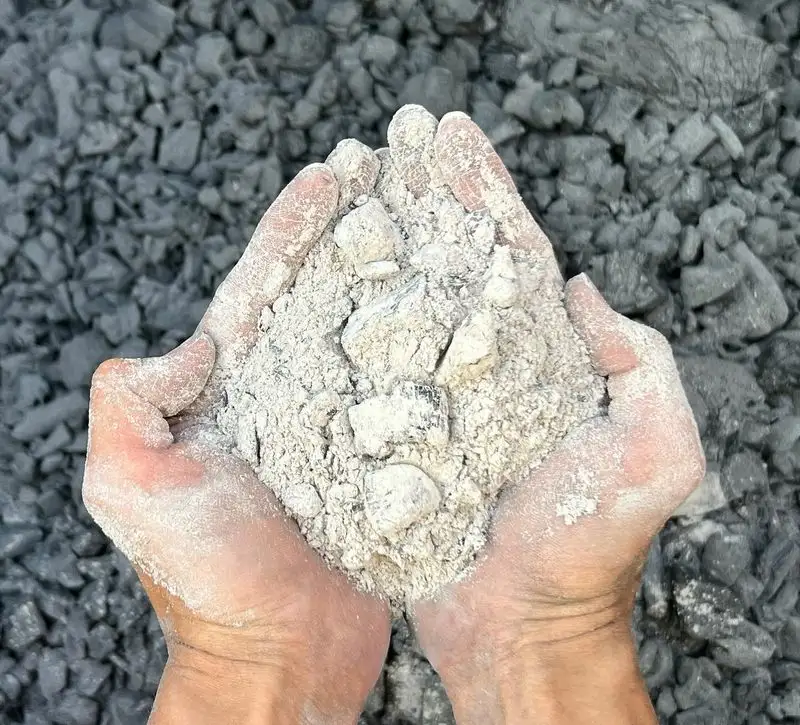
The next time you clean out your fireplace, save those wood ashes. They contain potassium and calcium carbonate, which can help balance soil acidity and provide essential nutrients. Ideal for flowering plants and fruit trees.
Lightly sprinkle wood ash around the garden, but avoid using it near acid-loving plants like azaleas and rhododendrons. Remember to use it sparingly; too much can alter the soil pH drastically. With a cautious approach, your garden will thrive with this simple addition.
Tea Bags
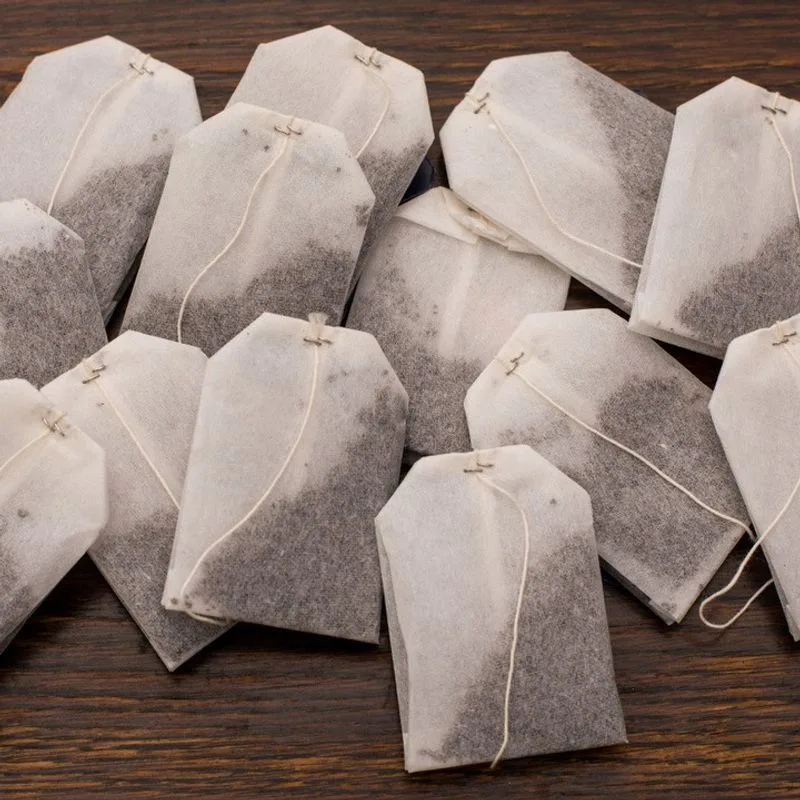
Tea bags offer more than just a soothing drink—they can give your garden a boost too. Used tea bags contain tannins and nutrients that improve soil quality. Place them in compost or directly in the soil to enhance fertility.
Ensure the bags are made from biodegradable materials before use. This method not only recycles but also reduces waste. The slow decomposition of tea bags releases nutrients gradually, benefiting your plants over time.
Cardboard
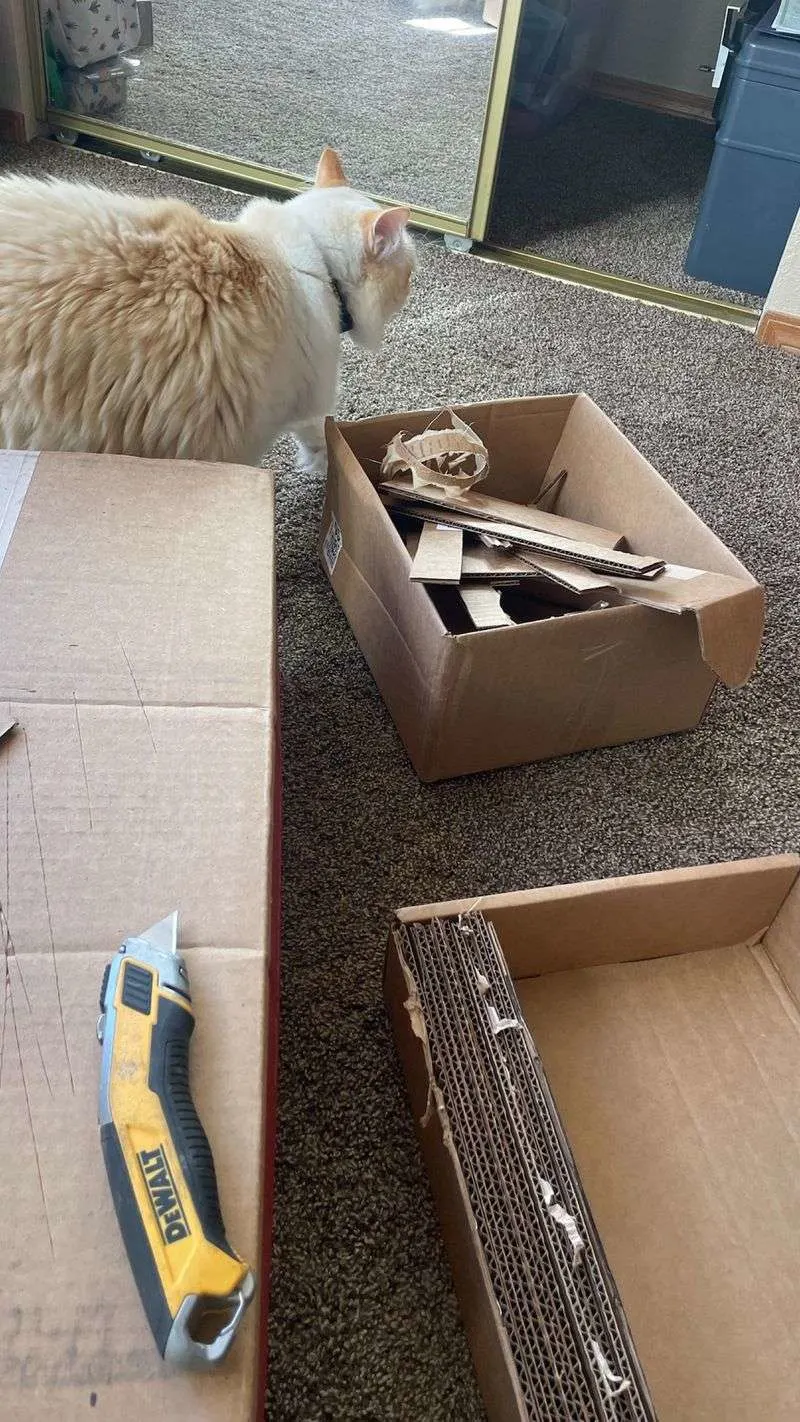
That stack of cardboard boxes could be the weed barrier your garden needs. Cardboard smothers weeds while allowing water and nutrients to reach plant roots. Wet it thoroughly and lay it flat on the soil surface, then cover with mulch.
As it breaks down, cardboard enriches the soil structure. This method is a sustainable alternative to synthetic weed barriers, cutting down on landfill waste. Just be sure to remove any tape or stickers beforehand.
Nut Shells
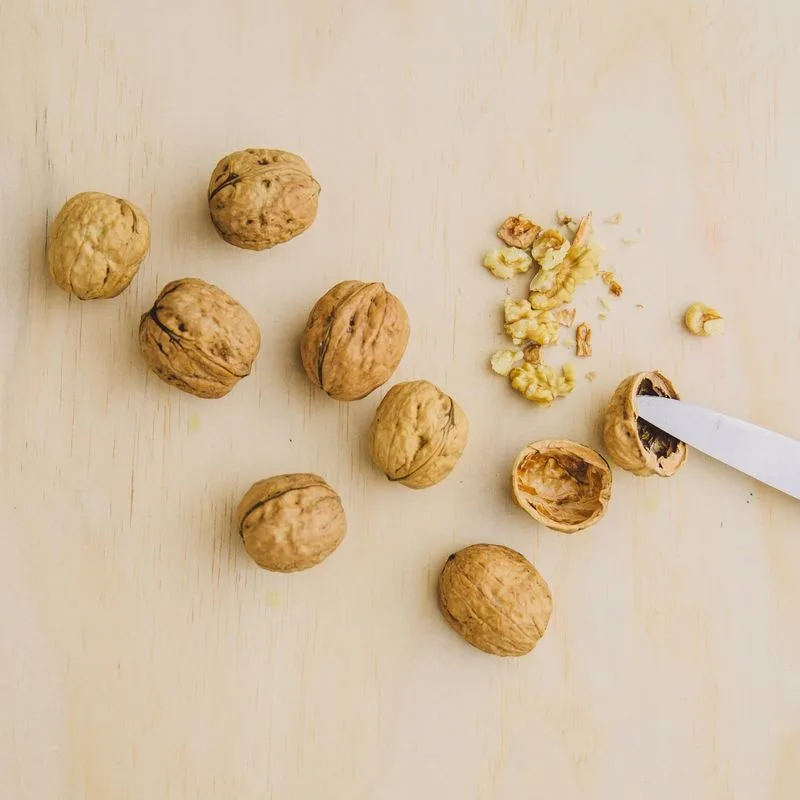
Nut shells have more to offer than just a crunchy snack. Crushed shells can improve soil aeration and drainage, making them beneficial for heavy soils. Spread them around your plants or mix into the soil to enhance its texture.
They’re slow to decompose, providing long-term benefits without frequent reapplication. Just be cautious with walnuts; they contain juglone, which can be toxic to some plants. Otherwise, it’s a creative and practical way to recycle kitchen waste.
Citrus Peels
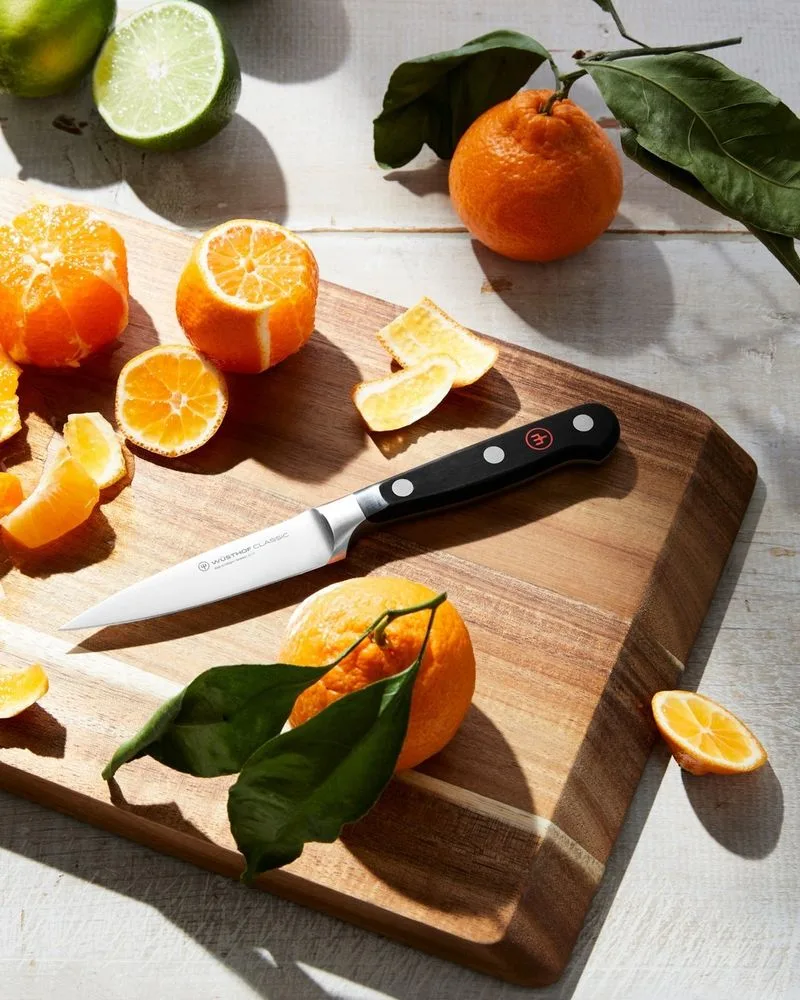
Next time you enjoy a citrus fruit, think twice before tossing the peel. Citrus peels can be excellent natural pest deterrents. Scatter them around your garden to repel insects like ants and mosquitoes.
An added bonus: they release a pleasant aroma as they break down. You can also compost them, but remember to chop them into smaller pieces for faster decomposition. This zesty solution is both aromatic and functional.
Paper Towels
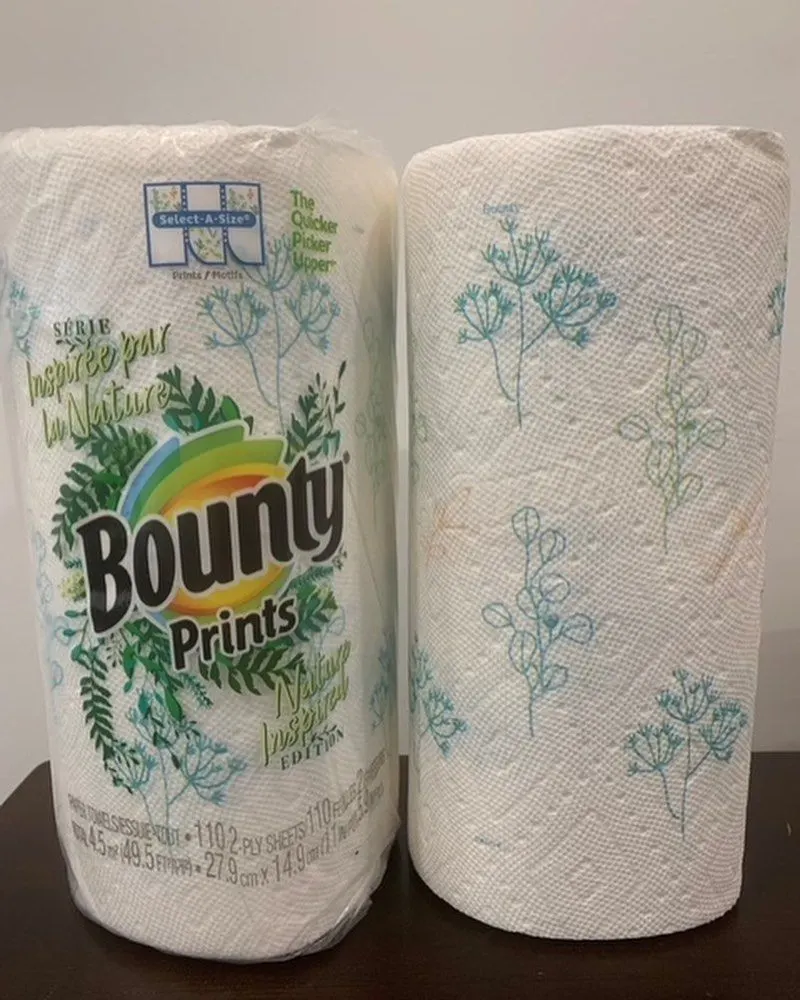
Paper towels can do more than clean up spills—they can enrich your compost pile too. As long as they’re free from chemicals, paper towels break down quickly and add carbon to your compost.
Shred them to speed up decomposition and mix them with other organic materials. This practice not only reduces waste but also enhances your garden soil over time. Just be sure to avoid towels contaminated with cleaning agents.
Hair Clippings
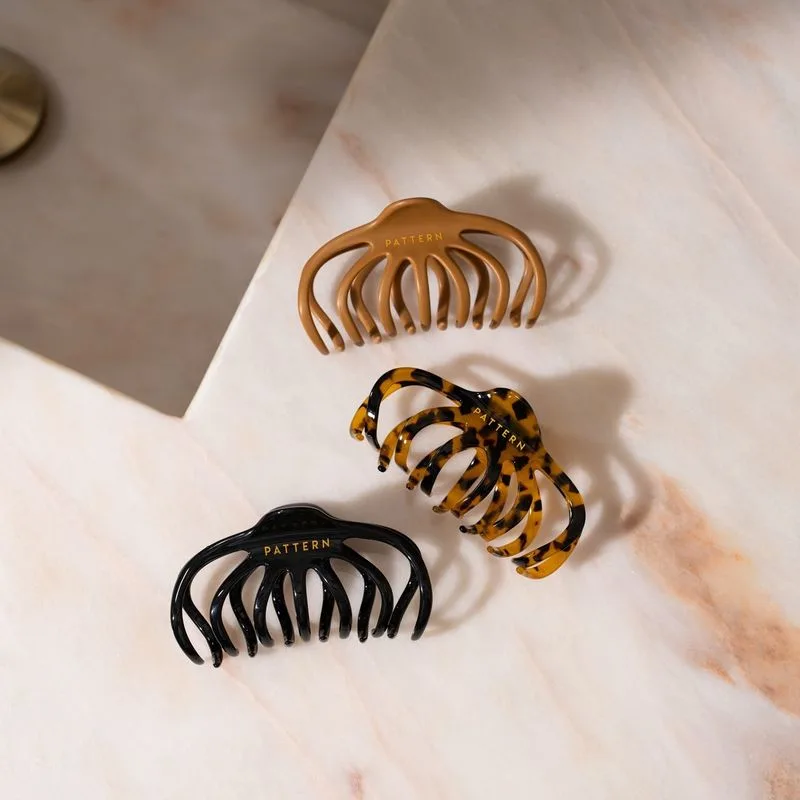
It may sound unusual, but hair clippings can be a boon for your garden. They’re rich in nitrogen and can be used as a natural mulch. Scatter clippings around the base of plants to retain moisture and deter pests.
The fibrous structure helps improve soil texture. Plus, hair decomposes slowly, making it a long-lasting addition. Try mixing it with other mulch materials for a balanced approach. This quirky recycling method truly highlights creative gardening solutions.
Wine Corks
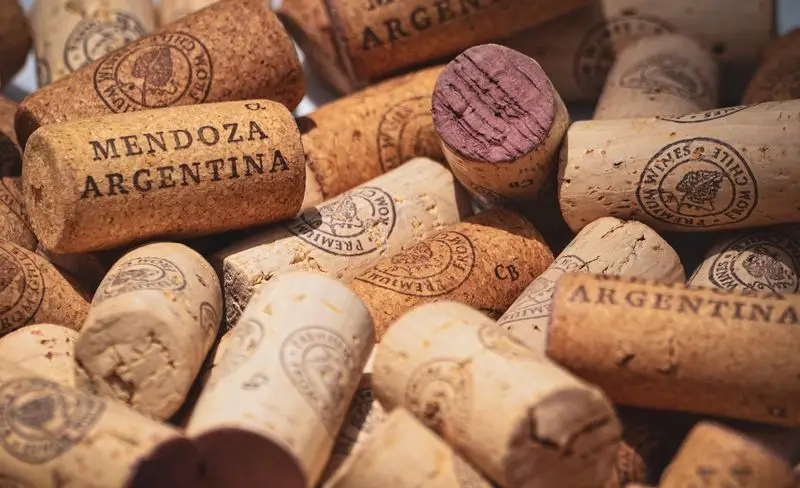
Wine corks have a second life beyond sealing your favorite bottles. They can serve as garden markers, helping you identify plant varieties. Simply write the names on corks and stick them on skewers.
Alternatively, chop corks into small pieces and use them as mulch to improve soil aeration. This method is both decorative and functional. Plus, it’s a fun way to incorporate a bit of personality into your garden setup.
Pine Needles
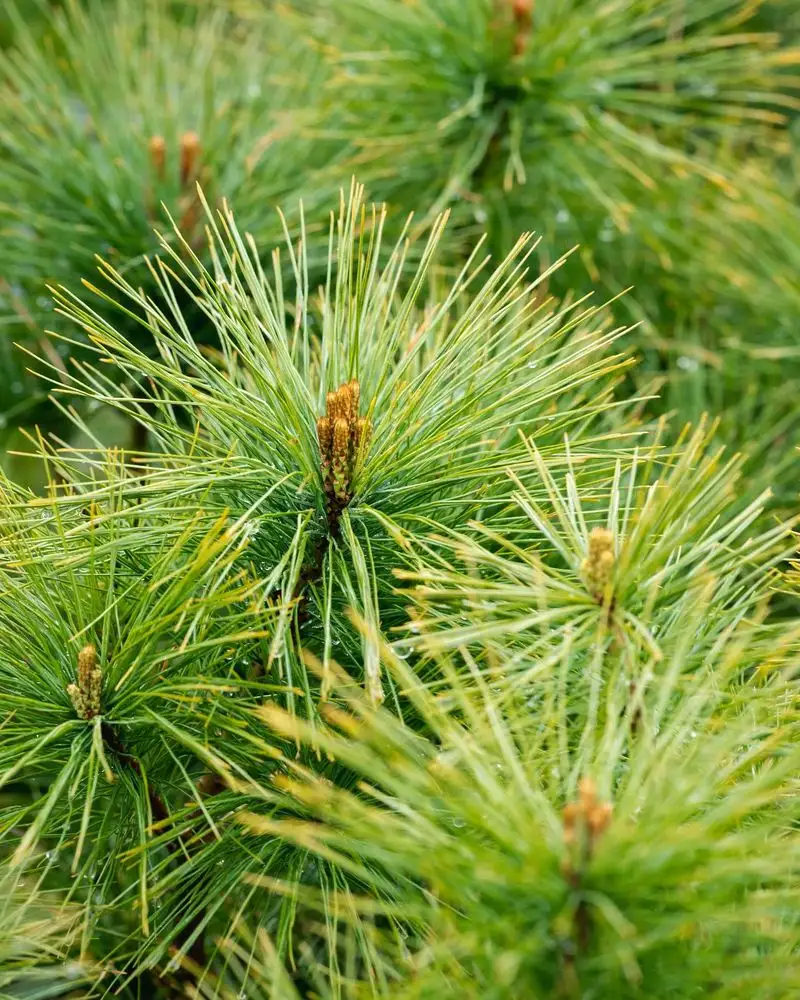
Don’t overlook the potential of pine needles. They’re an excellent mulch, especially for acid-loving plants like azaleas and blueberries. Pine needles help retain soil moisture and suppress weeds.
As they break down, they add organic matter to the soil. Their natural acidity can subtly adjust soil pH, benefiting certain plants. Just be sure to spread them evenly for the best results. This natural mulch is both practical and eco-friendly.
Avocado Pits
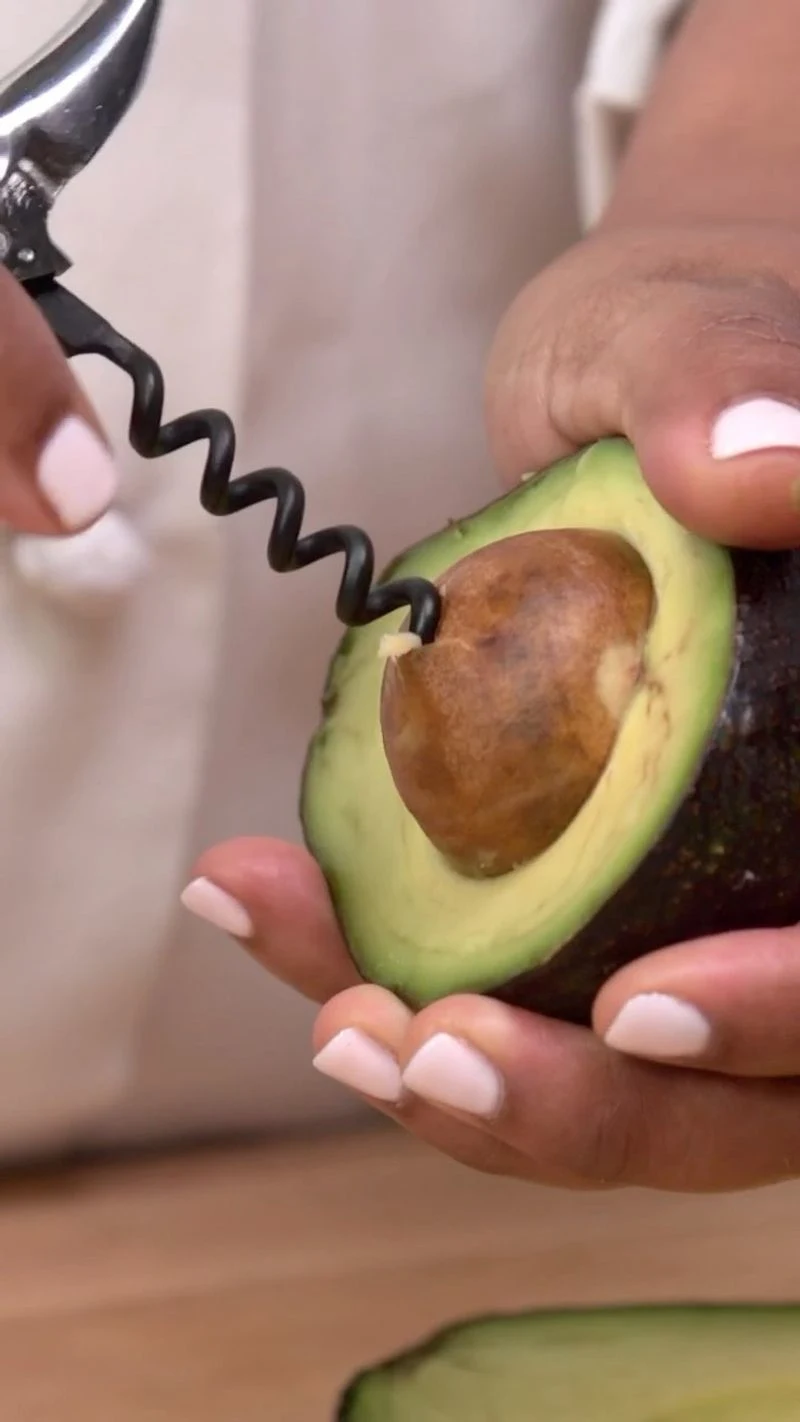
Avocado pits can transform into beautiful plants if given a chance. These large seeds can be sprouted and grown into attractive indoor plants. Position the pit in water until roots and shoots appear, then transfer to soil.
While they won’t produce fruit indoors, they add a lush, green aesthetic to your home or garden. This method offers a creative way to repurpose kitchen waste while adding greenery to your space.
Corn Cobs
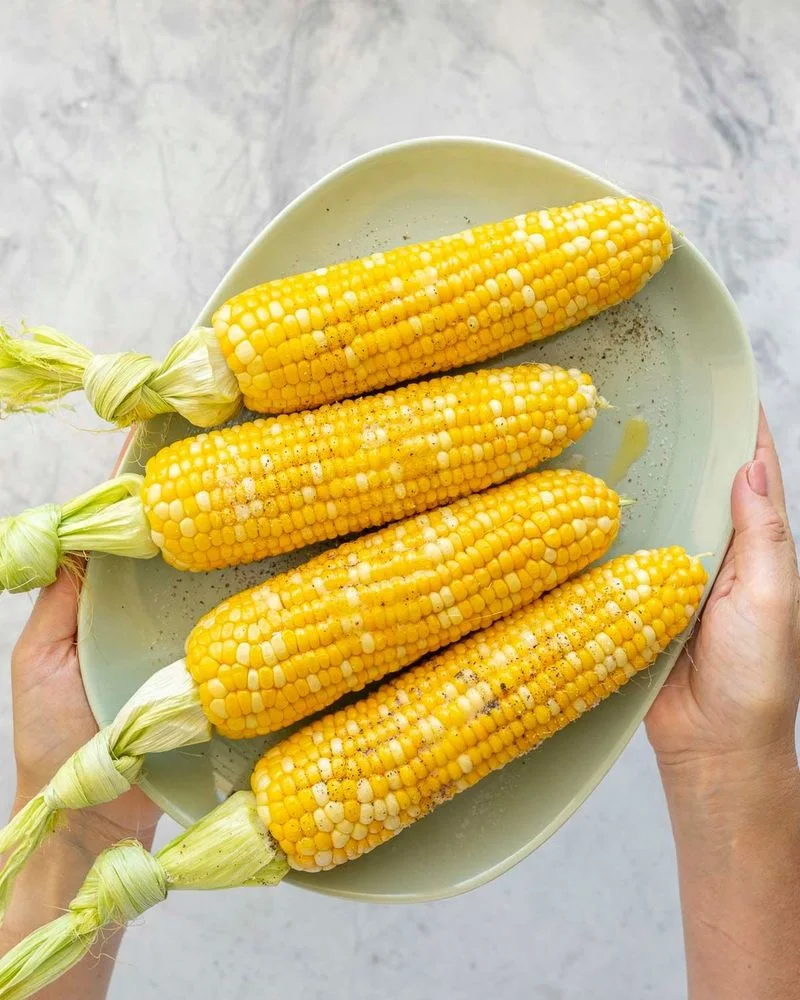
After enjoying corn on the cob, consider using the remnants as decorations or compost materials. Corn cobs can be dried and used as rustic garden ornaments.
Alternatively, add them to your compost as they break down slowly, improving aeration. This dual-purpose use highlights a resourceful approach to gardening. Just be sure to dry them out completely before use to prevent mold.
Fish Bones

Fish bones might seem like the last thing you’d want in your garden, but they’re a hidden gem. Rich in phosphorus and calcium, they can be buried in the soil or added to compost.
Over time, fish bones break down and release nutrients that promote healthy plant growth. This method mirrors traditional indigenous farming practices, showcasing a time-tested approach to enhancing soil fertility. Just make sure to bury them deep to avoid attracting pests.

